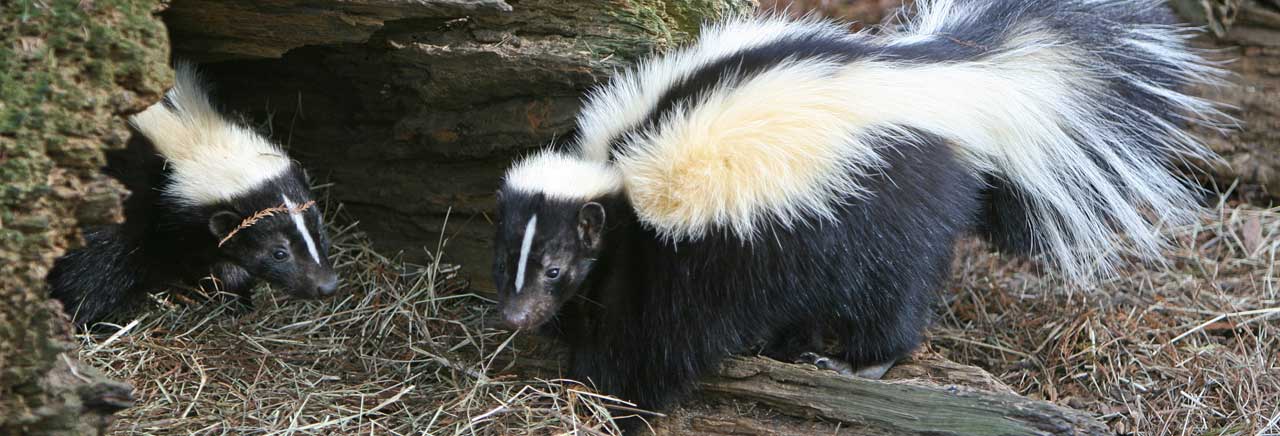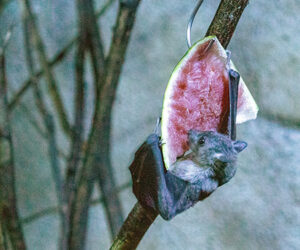
The raccoon roundworm is a common parasite found in raccoons and is transmissible to other animals and people. In Pennsylvania, 38% of raccoons are estimated to be infected with roundworm according to the PA Game Commission.
What is it?
The scientific name, Baylisascaris procyonis, is found in the small intestinal tract of raccoons. The worms can measure from 15-20cm in length and 1cm in width. They’re a tan/white color, round, and taper at both edges.
The disease is also known as Larval Migrans (LM) which can result in skin irritation, vision problems, or neurological disease that can be fatal. Millions of eggs can be shed by an infected animal each day.
Who can get it and what are the symptoms?
The animals that can get LM are:
- Mice
- Squirrels
- Rabbits
- Birds
- Groundhogs (aka Woodchucks)
- Chipmunks
- Beavers
- Dogs
- Beavers
- Partridges
- Pigeons
- Emus
- Foxes
- Armadillos
- Porcupines
Usually, there are no signs that a raccoon is infected, however, other animals present symptoms. Most commonly, changes in behavior are noticeable due to damage to the brain and spinal cord caused by larvae. These behaviors usually consist of a head tilt and an inability to walk or climb properly. The animal may also lose its fear of humans, circle, roll on the ground, fall over, lay on its side, and paddle its feet.
People can also get LM. In humans, the larvae primarily migrate to the eyes and the brain. The most common symptoms are lesions with skin irritation and eye/brain tissue damage. An infected person may experience nausea, lethargy, incoordination, and loss of eyesight. The disease is more common in younger children who may put soil or animal droppings in their mouths.
Treatment
Raccoons can be treated with dewormers to kill adult works, however, there are no drugs that can effectively kill the migrating larvae in the body. Laser surgery has successfully killed larvae in the retina, but the damage is irreversible.
Recommendations for Prevention
It’s recommended that people, especially children, wash their hands after working or playing outdoors. Moreover, research shows that it’s unlikely the disease will be eliminated because the eggs are highly resistant to the environment. However, focus on minimizing the transmission to humans and pet animals.
Avoid contact with areas inhabited by raccoons due to potentially infected animal droppings, and leave it to an animal removal professional to handle raccoon removal and clean up! We follow all recommendations by the PA Game Commission when removing and cleaning up raccoon damage.
Give us a call or contact us for raccoon removal and other animals!




